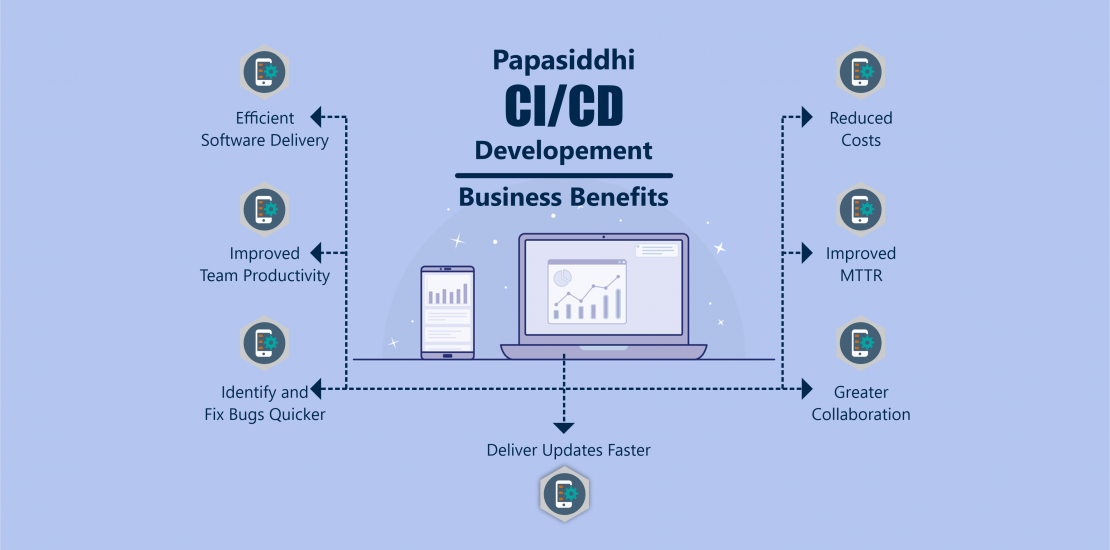- July 8, 2022
- Posted by: puser
- Category: Software Development

CI/CD Defined
CI/CD is a computing strategy or method to constantly deliver applications to customers by introducing automation techniques into the different stages of app birth development. The core concepts behind them are attributed to CI/CD and are continuous delivery, continuous integration, and continuous deployment. CI/CD is the best solution to the problems and errors which arise in integrating or managing new code which can cause problems for operations and development teams (AKA “integration hell”).
Mainly, CI/CD projects light on the ongoing automation processes and continuous monitoring of activities throughout the lifecycle of that particular app, it all makes sense from integration and testing phases to delivery and deployment. And when taken all together, these connected dots/practices are often called the “CI/CD pipeline” and are backed by operations and development teams working altogether in an agile and suitable way with approaches like DevOps or site reliability engineering (SRE).
How CI/CD and continuous integration improves connectivity and code quality
Continuous integration is a development strategy that is backed by processes of mechanics and automation. When we practice continuous integration, as developers we commit our code into the version which controls the repository accurately and frequently; like most teams, we have a standard of committing code daily.
The basic concept is that it’s much easier to identify and locate defects and other software quality topics and problems on smaller code differentials than on larger ones which are developed over an extensive period, thus saving time and resources. In addition, when developers like us work on relatively shorter period cycles, it has almost 0-1% chance that more than one developer will edit the same code. Again saving a lot.
Why You Should Implement CI/CD Now To Your Code-
Fault Isolation Solution
Fault isolation is the practice of designing systems and codes in such a way that when an error occurs, the negative results are limited in little to no scope. It reduces the chances of damage and downfall and makes codes much easier to maintain.
Creating your development system with CI/CD makes sure that fault isolations are better to detect and easier to resolve.
Smaller Code Changes
The best technical benefit of continuous integration and continuous delivery is that it makes it easier for you to integrate small chunks of code at the same time. These code changes are simpler, easier, and more effective to handle than huge pieces of code and as such, have lesser issues that may need attention to be resolved.
Speed Assured
Failures are now detected faster and as such, can be repaired faster, moving to scale up release rates more early. However, constant releases are possible only if the team is attentive and dedicated to responsibility and code is developed in a continuously moving system and under effective supervision.
How Do Papasiddhi Help Using CI/CD
We as a developing entity always focus on quality, assurance, and team management for a better end product and efficiency thus, we use CI/CD in such ways like-
- Executing a build after pulling code from version control.
- Automating security, quality, and compliance checks at stage gates and assisting with approvals as needed.
- Setting up or tearing down infrastructure as code in Cloud computing.
- Transferring code to the target computing ecosystem.
- Configuring and managing environment variables.
So, we hope you have a clear vision of what continuous integration and continuous delivery is and find relevant information here, plus if you are finding a reluctant way to implement CI/CD in your system, Papasiddhi is best for you to build a better platform for your system.
Leave a Reply
You must be logged in to post a comment.
